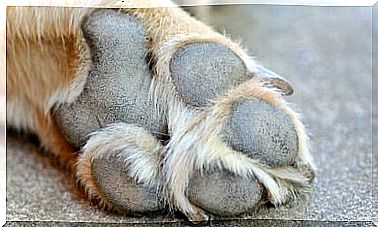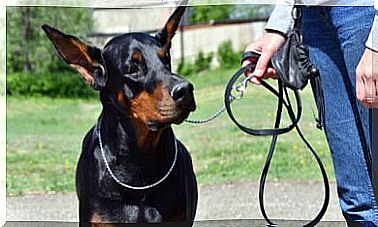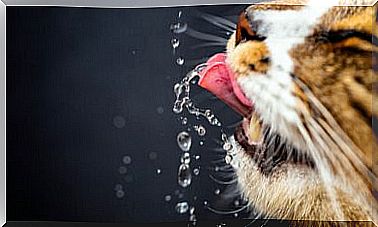Intestinal Parasites And How To Fight Them

Intestinal parasites often affect our beloved pets. What happens is that, after so many years of joint evolution, they are so adapted to their guests that it will not be an easy task to keep pets free of them.
Depending on the degree of infestation, they can go unnoticed or cause serious disorders and can even be transmitted to humans, especially children. For this reason, you should periodically deworm your dear furry friend, to prevent possible inconveniences and infections.
The vet will know how to indicate the most convenient antiparasitic and the appropriate dose.
Details on the main intestinal parasites

Dogs and cats are mainly affected by two groups of parasites: nematodes, also known as roundworms or worms, and tapeworms or flat worms. But they can also suffer from infestations of coccidia and giardia, which are single-celled organisms.
Nematodes or worms
Nematodes most common in dogs or cats are roundworms and hookworms or hookworm, which adhere to the walls of the intestine by hooks. To a lesser extent, strongylid and whipworm infections (shaped like a coiled whip) may appear.
Animals that have pinworms pass the infection to others through fecal matter. Your pet can become infected by eating dirt, drinking water, or licking its contaminated fur or paws.
Infections with pinworms are classified as zoonoses, which means that they can be transmitted to humans.
Cestodes or flatworms
For their part, the tapeworms that can parasitize them are tapeworms.
Flatworms are thin and squashed and steal nutrients from the food your pet eats. Dogs and cats get them when they eat infested fleas, lice, or rodents.
So while effective tapeworm dewormers are available, the best prevention is to keep your pet flea-free.
Signs of parasites in pets

The main signs of parasitosis are digestive. Diarrhea (often containing mucus and even blood) or vomiting may occur, either sporadically or chronically. In animals that are still in the growth stage, these signs are noticed:
- Distended abdomen
- Dull coat
- Stunted growth
- Thinness
- Pale mucous membranes
- Anal itching
Sometimes dermatitis and respiratory problems (cough, runny nose or noisy breathing) also appear, due to the migration of the larvae to the lungs and trachea.
In adult animals, infestations are generally asymptomatic.
Other parasites
Other parasites that can affect your pet are coccidia and giardia.
Coccidia
Coccidia are single-celled organisms that cannot be seen with the naked eye. In this case, affected cats and dogs have bloody watery diarrhea and are at risk of dehydration.
These organisms spread easily in young animals, especially in homes with many pets. Therefore, extreme hygiene care must be taken.
Giardia
The Giardia , meanwhile, is also a unicellular parasite that causes intestinal lesions in the inner part and reduces nutrient absorption. If the infestation with this microorganism is severe, it can cause diarrhea.
It is a parasite that is difficult to diagnose and is usually very contagious, which is why hygiene is imposed above all as the best preventive measure.
Currently, there are a wide variety of drugs on the market to treat internal parasites in pets, with different routes of application.
There are even systems similar to those used to control external parasites. With the pipettes, you will surely save the animal – and you too – the traumatic moment that is for a great majority of dogs and cats having to take a pill or emulsion orally.
But, as prevention is always better than cure, the ideal is that you consult your vet about the most appropriate way to keep your pet away from undesirable parasites. The professional will indicate the best option for performing periodic preventive treatments.
And always remember to quickly collect the feces and keep the areas of your house that your pet uses clean. These are also good ways to show how much you love her and to ensure a healthy environment for all members of the family, including – of course – the four-legged.








